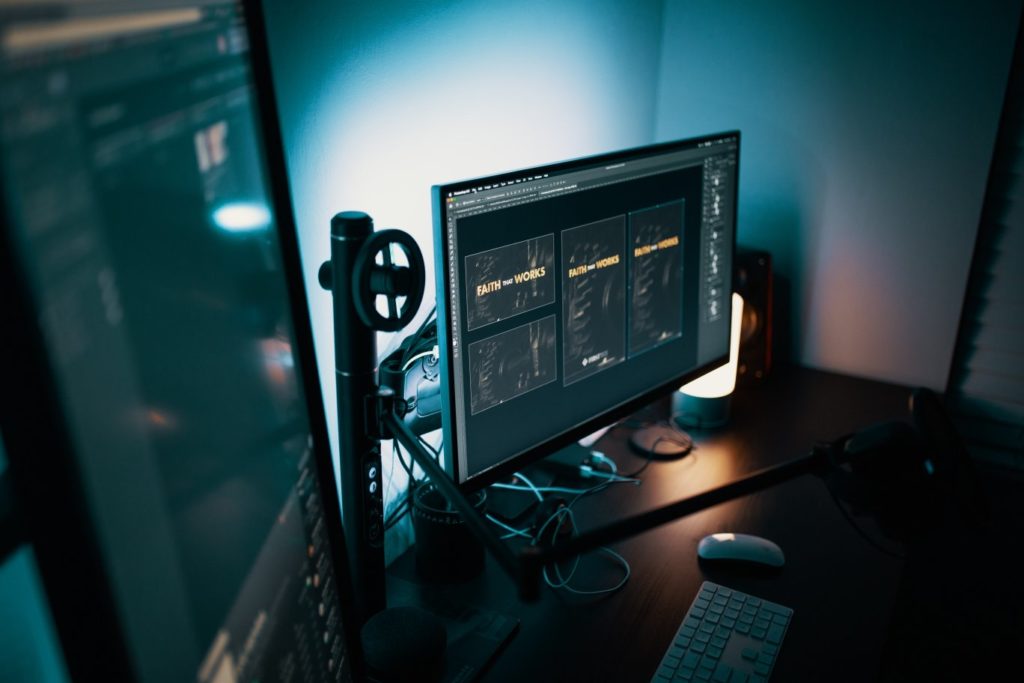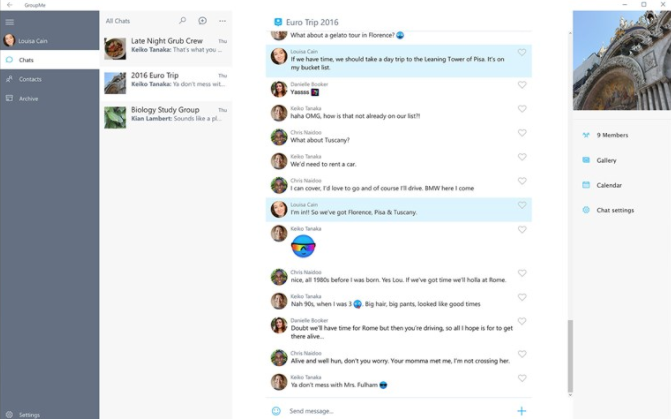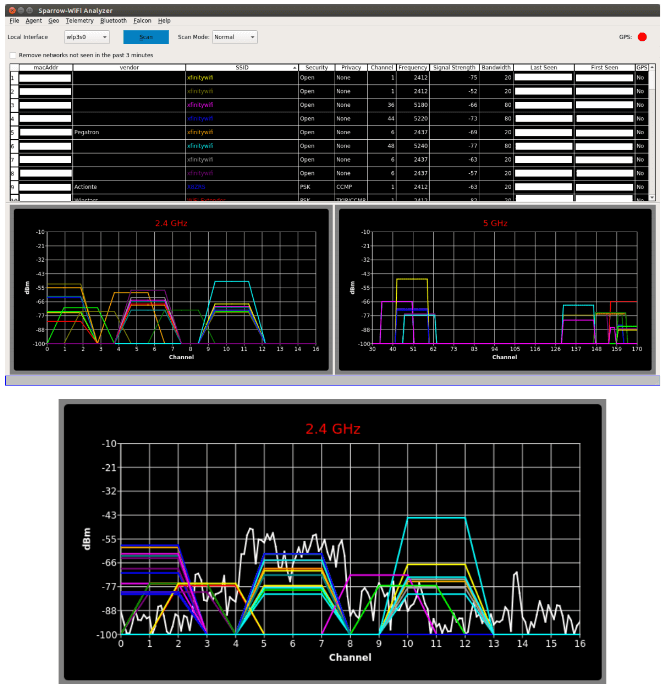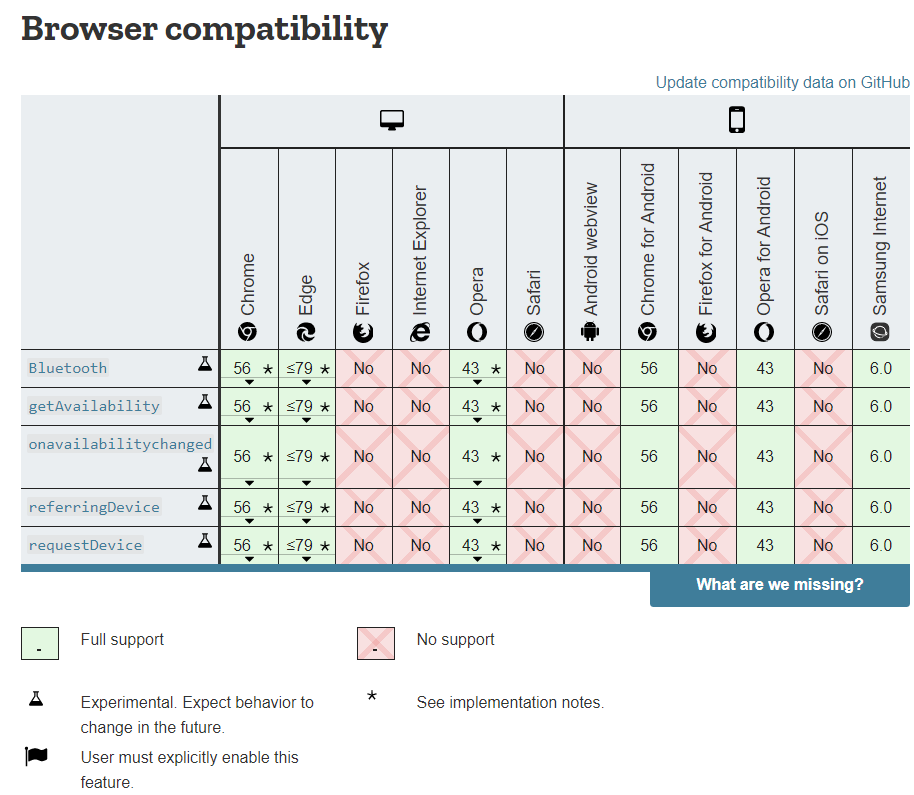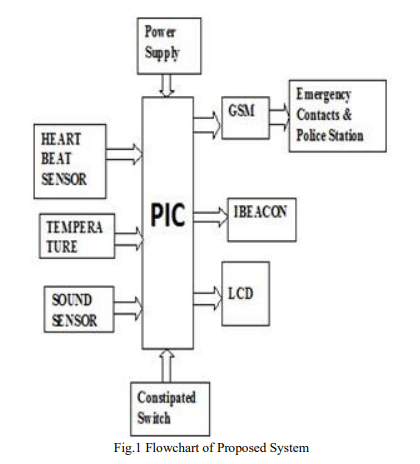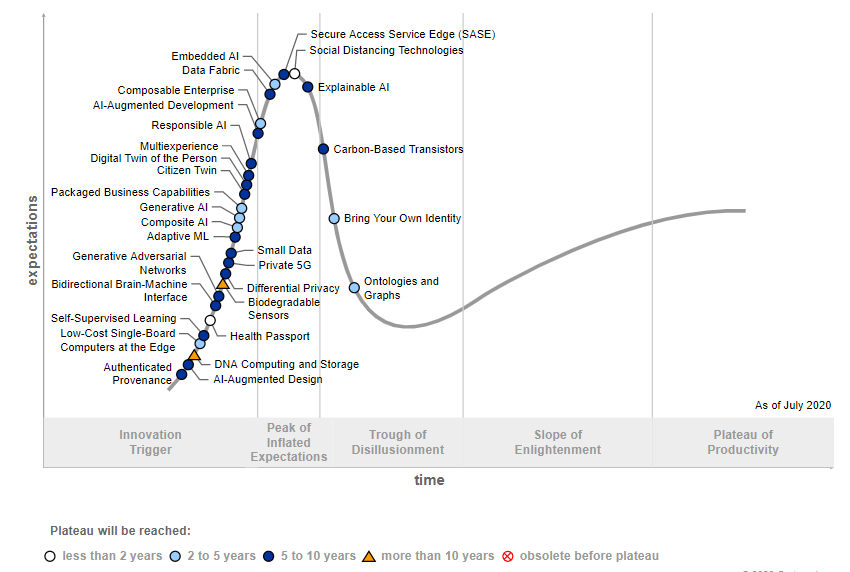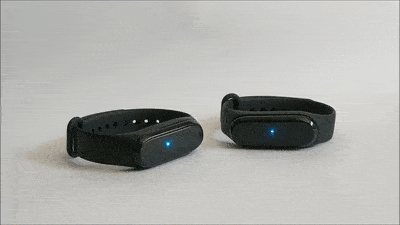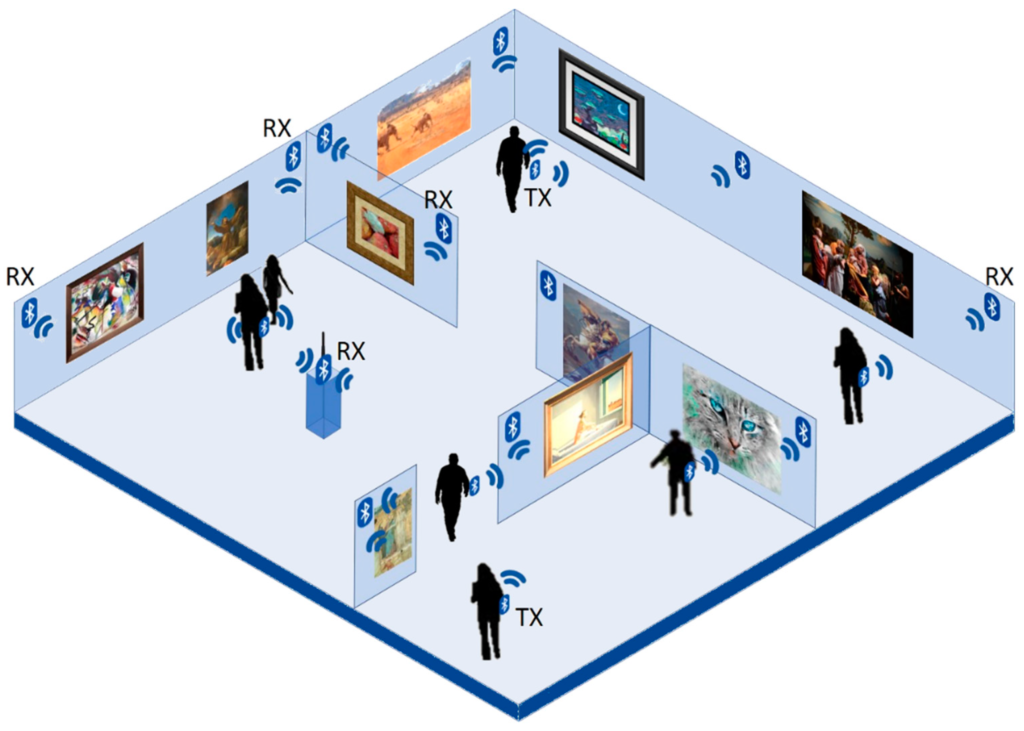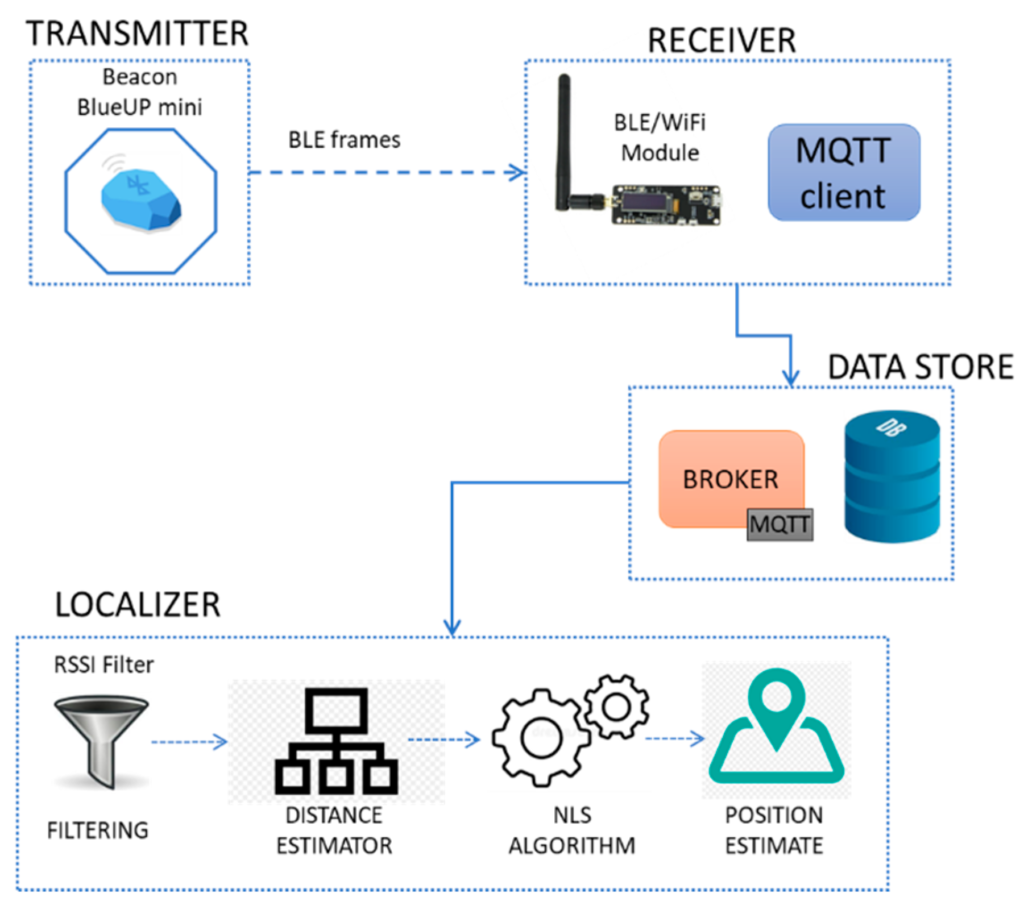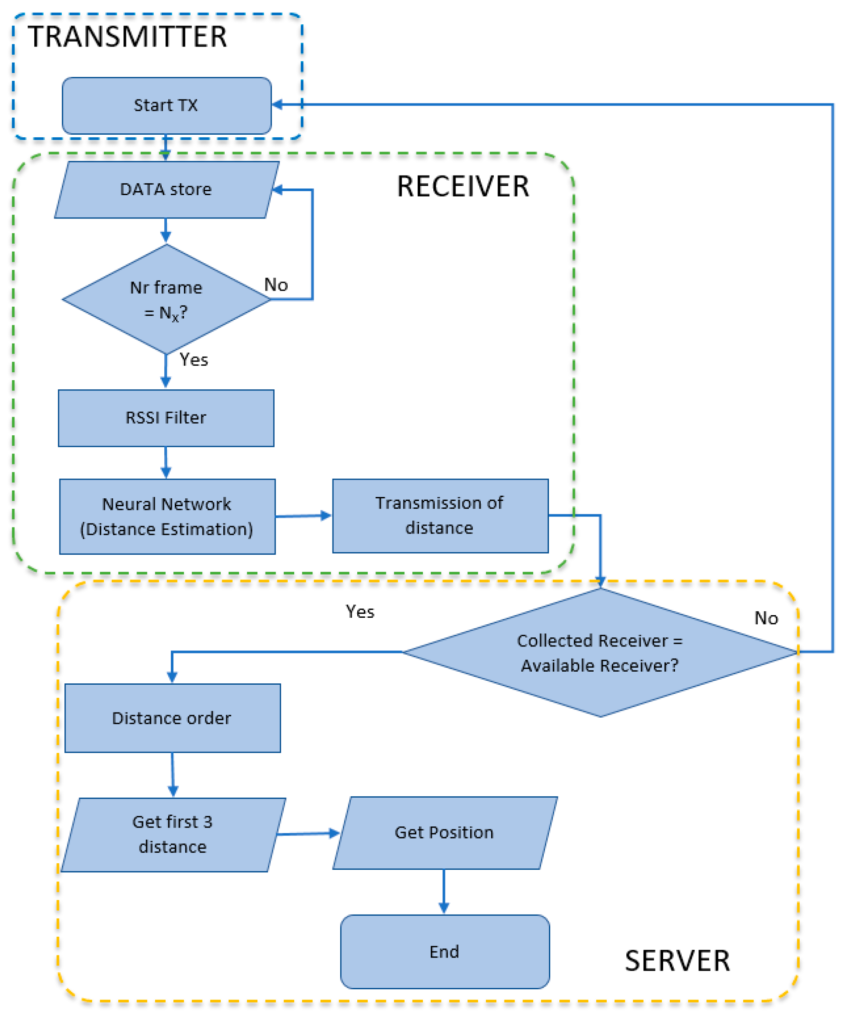We previously described how social distance beacons differ from ordinary beacons. Devices advertise AND scan rather than just advertise OR scan. The principle is the same with with smartphones using the Apple/Google Exposure Notification API.
The problem with smartphones is that their transmit and receive capabilities vary widely. The received signal strength (RSSI) is inconsistent across types of smartphone and you can’t determine distance reliably. Apple and Google have mitigated this problem by attempting to create a database of calibration values (csv).
The calibration data is useful for Bluetooth developers creating solutions across devices. However, it’s of no use for 3rd party contact tracing as only Government agencies can use the Exposure Notification API and Apple is banning Covid related apps.
Read about Beacons for Workplace Social Distancing and Contact Tracing.
